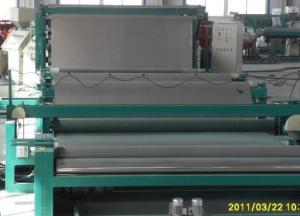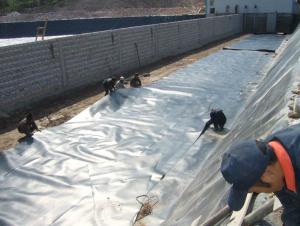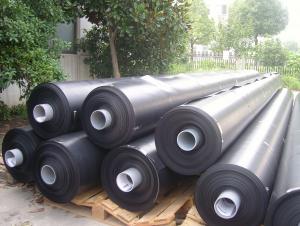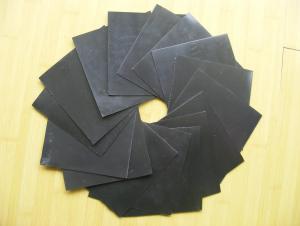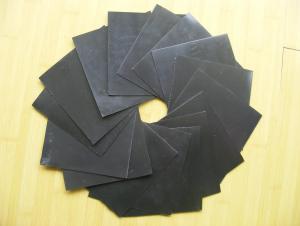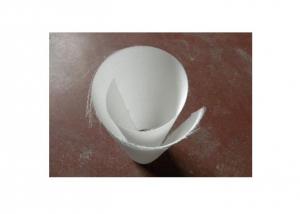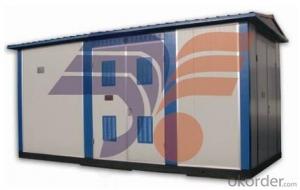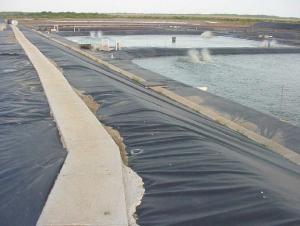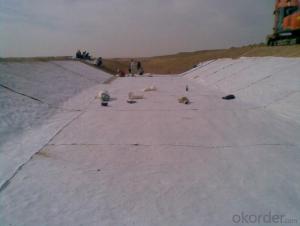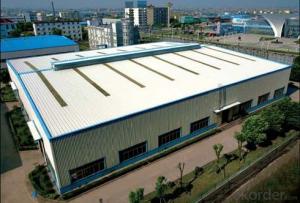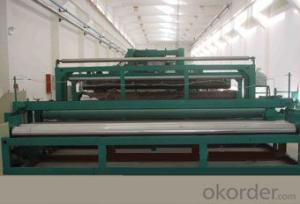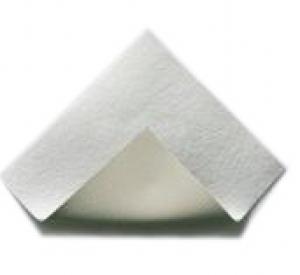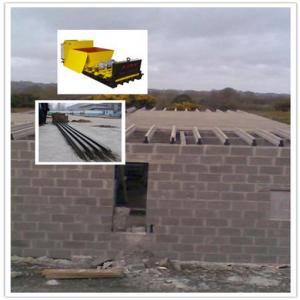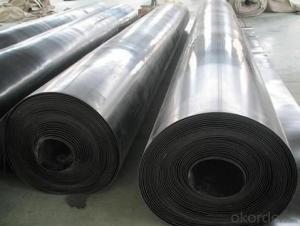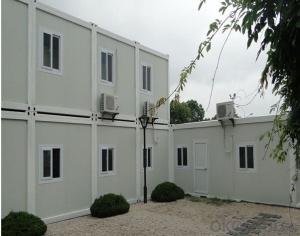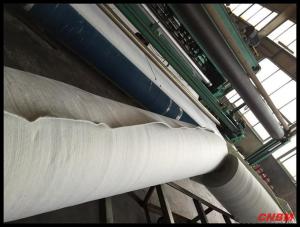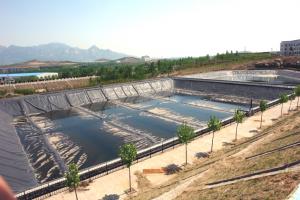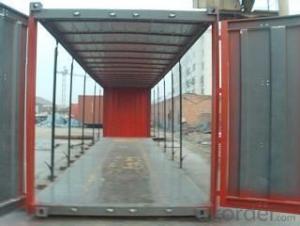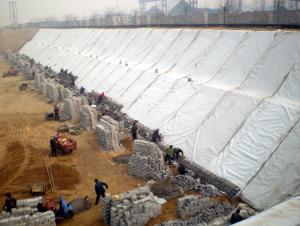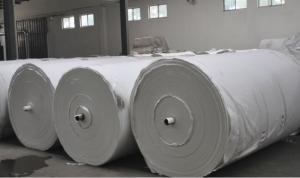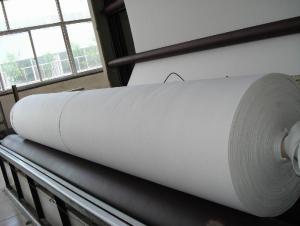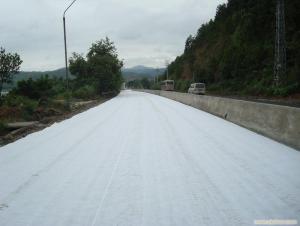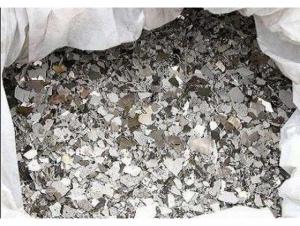Prefabricated Geomembrane
Prefabricated Geomembrane Related Searches
Prefabricated Geomembranes Prefabricated Geomembrane Liners Pre-Seamed Geomembranes Reinforced Geomembrane Permeable Geomembrane Textured Geomembrane Geocomposite Membrane Geomembrane Fabric Composite Geomembrane Waterproof Geomembrane Impermeable Geomembranes Geomembrane Products Plastic Geomembrane Geomembranes Geomembrane Factory Geomembrane Impermeable Wholesale Geomembrane Geomembrane Machine Geomembrane Material Conductive Geomembrane Geomembrane For Landfill Landfill Geomembrane Impervious Geomembrane Geomembrane Waterproofing Geomembrane Tanks Prefabricated Housing Modules Geomembrane Landfill Bitumen Geomembrane Liner Geomembrane Welding GeomembranePrefabricated Geomembrane Supplier & Manufacturer from China
Prefabricated Geomembrane is a type of synthetic material that is widely used in various civil engineering and environmental projects. These products are designed to provide waterproofing, erosion control, and pollution prevention solutions, making them an essential component in the construction of dams, landfills, and other containment structures. The flexibility and durability of prefabricated geomembranes make them an ideal choice for a range of applications, from water management systems to waste containment facilities.Prefabricated geomembranes are utilized in a variety of scenarios, including the lining of reservoirs, ponds, and canals, as well as in the construction of landfill caps and base liners. They are also commonly used in the mining industry for tailings storage facilities and in the agricultural sector for the lining of reservoirs and irrigation channels. The versatility of these membranes allows them to be tailored to specific project requirements, ensuring optimal performance and longevity.
Okorder.com is a leading wholesale supplier of prefabricated geomembranes, boasting a large inventory of high-quality products to cater to the diverse needs of clients across various industries. With a commitment to providing exceptional customer service and competitive pricing, Okorder.com has established itself as a reliable source for prefabricated geomembranes and related products, ensuring that customers receive the best value for their investment.
Hot Products


